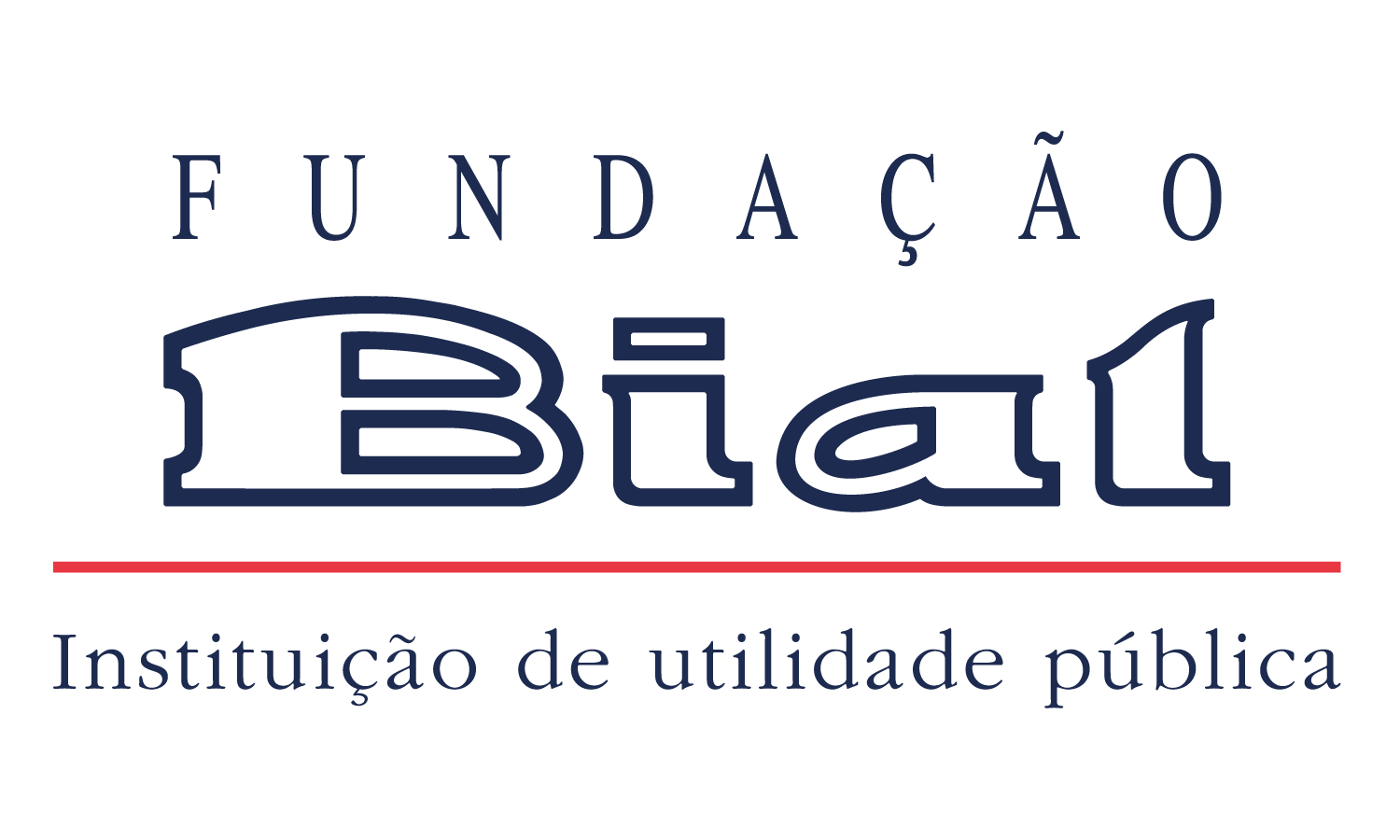No âmbito do projeto de investigação 246/20 - The hidden rhythm of interpersonal (sub-)movement coordination, apoiado pela Fundação BIAL, a equipa de investigação liderada Alice Tomassini estudou a coordenação de submovimentos a nível individual e diádico. Os participantes realizaram uma série de tarefas bimanuais em coordenação com um parceiro (tarefa diádica) ou sozinhos (tarefa individual) e, neste último caso, com ou sem feedback visual. Os dados, apresentados no artigo The microstructure of intra- and interpersonal coordination, publicado na revista científica Proceedings of the Royal Society B, demonstrou que existem estruturas coordenativas distintas ao nível dos submovimentos em função das propriedades do feedback. Especificamente, o tempo relativo dos submovimentos (entre parceiros/efetores) mudou da alternância para a simultaneidade e uma mistura de ambos quando a coordenação foi alcançada usando a visão (interpessoal), a propriocepção apenas (intrapessoal, sem feedback visual) ou todas as fontes de informação ( intrapessoal, com feedback visual), respetivamente.
ABSTRACT
Movements are naturally composed of submovements, i.e. recurrent speed pulses (2–3 Hz), possibly reflecting intermittent feedback-based motor adjustments. In visuomotor (unimanual) synchronization tasks, partners alternate submovements over time, indicating mutual coregulation. However, it is unclear whether submovement coordination is organized differently between and within individuals. Indeed, different types of information may be variably exploited for intrapersonal and interpersonal coordination. Participants performed a series of bimanual tasks alone or in pairs, with or without visual feedback (solo task only). We analysed the relative timing of submovements between their own hands or between their own hands and those of their partner. Distinct coordinative structures emerged at the submovement level depending on the relevance of visual feedback. Specifically, the relative timing of submovements (between partners/effectors) shifts from alternation to simultaneity and a mixture of both when coordination is achieved using vision (interpersonal), proprioception/efference-copy only (intrapersonal, without vision) or all information sources (intrapersonal, with vision), respectively. These results suggest that submovement coordination represents a behavioural proxy for the adaptive weighting of different sources of information within action-perception loops. In sum, the microstructure of movement reveals common principles governing the dynamics of sensorimotor control to achieve both intra- and interpersonal coordination.

































































































